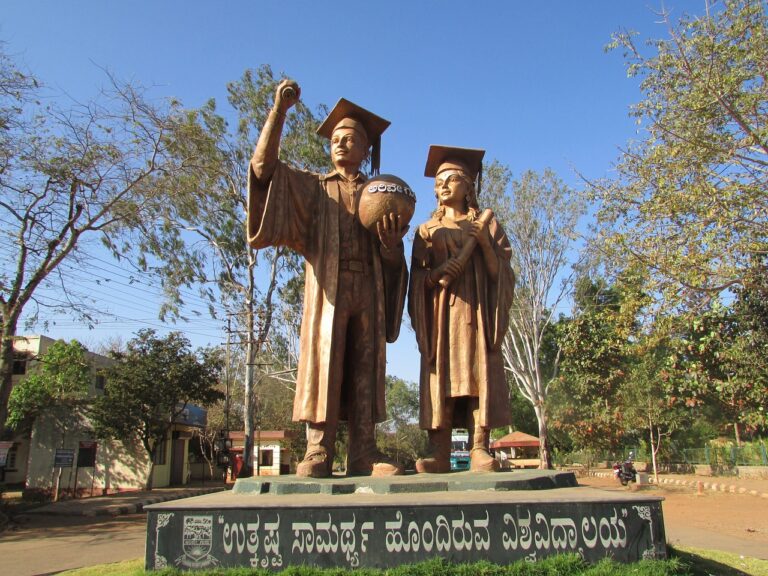Election Day Challenges in Remote Areas
Accessing polling stations in remote areas poses significant obstacles for voters, particularly in regions with rugged terrain and limited transportation options. Remote communities often lack paved roads and reliable public transport, making it difficult for residents to travel to polling stations located far away. As a result, many individuals face challenges in exercising their right to vote due to the physical barriers that separate them from the electoral process.
Moreover, the lack of infrastructure in remote areas exacerbates the issue of accessing polling stations, as the distance and terrain can make it virtually impossible for some voters to reach their designated polling location. In many cases, voters may need to walk long distances or navigate treacherous paths to cast their ballots, which can be a deterrent for those with mobility issues or health concerns. Consequently, the inaccessibility of polling stations in remote areas not only hinders voter turnout but also threatens to disenfranchise marginalized communities who are already facing socio-economic challenges.
Limited Communication and Transportation Infrastructure
In remote areas, the lack of reliable communication networks poses a significant challenge during election periods. Voters may struggle to receive important updates about polling station locations, voting procedures, and election dates. This limited access to timely information can hinder voter turnout and participation in the electoral process. Additionally, without adequate communication infrastructure, election officials may face difficulties in coordinating logistics, such as transporting voting materials and ensuring the security of polling stations.
Furthermore, the inadequate transportation infrastructure in remote areas can impede voters’ ability to physically reach polling stations. Poor road conditions, limited public transportation options, and long distances to the nearest polling site can deter individuals from casting their votes. This barrier disproportionately affects marginalized communities, such as indigenous populations or those living in hard-to-reach areas. Without sufficient transportation options, these voters may struggle to exercise their democratic right to participate in the electoral process.
Difficulty in Voter Education and Information Dissemination
In remote areas, the challenge of providing adequate voter education and disseminating information about elections persists. Due to limited resources and access to technology, reaching all eligible voters with essential information can be a daunting task. The lack of awareness campaigns and educational programs can lead to confusion and misinformation among the population, impacting their ability to make informed decisions at the polls.
Moreover, the absence of reliable communication networks and transportation infrastructure exacerbates the difficulty in reaching remote communities with voter education initiatives. Without proper channels to convey relevant information about electoral processes and candidates, residents in these areas may face barriers in understanding their voting rights and responsibilities. As a result, enhancing voter education efforts in remote regions is crucial to fostering a more inclusive and informed electoral participation across the country.





